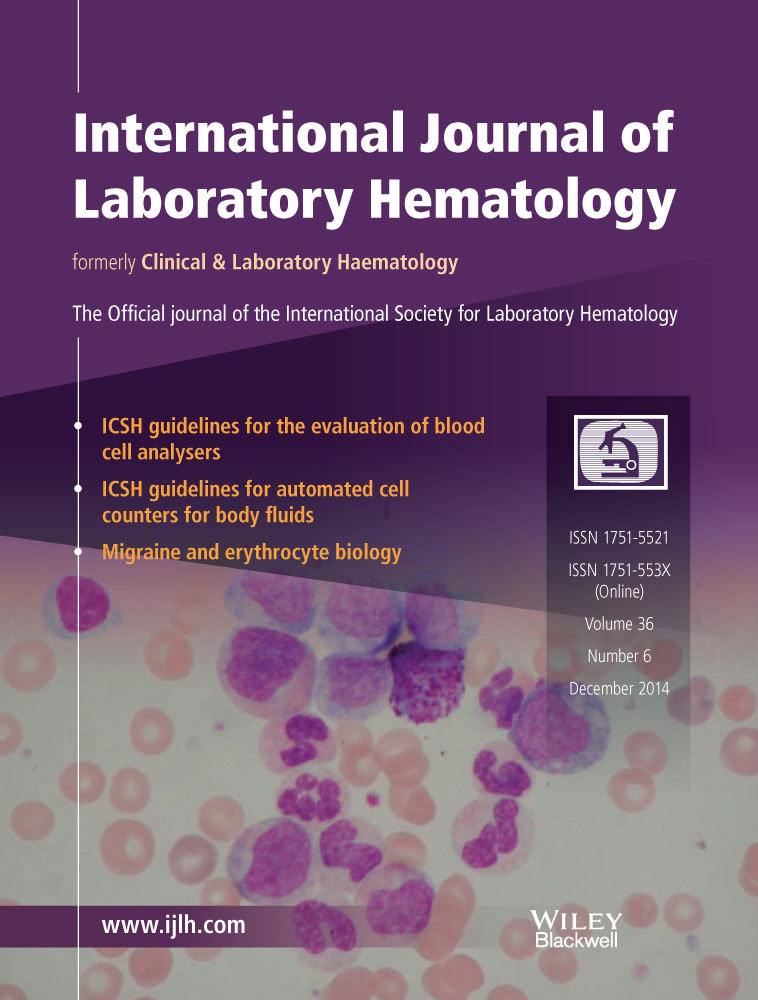Assessment of spontaneous platelet aggregation using laser light scattering in healthy subjects: an attempt to standardize
Summary
Introduction
When measuring platelet aggregation using laser light scattering, small aggregates forming without the addition of agonists may be observed. This event is called ‘spontaneous platelet aggregation (SPA)’. The platelet hyperactivity observed in arterial thrombotic diseases can be detected with relative ease by measuring SPA. Standardization is urgently needed because of differences between measurement conditions among various laboratories.
Methods
We conducted a systematic study of factors that affect SPA measurement, compared SPA results to flow cytometry detection of surface antigens expressed on activated platelet membranes (P-selectin, activated glycoprotein IIb/IIIa), and determined conditions that yield stable measurements.
Results and Conclusions
We evaluated results from 125 healthy volunteers and established conditions for a stable measurement of SPA. As the occurrence of SPA tended to increase with age, we determined conditions valid for subjects aged 20–60 years. Blood should be collected using a syringe, and the sample should be prepared after allowing the whole blood to rest for 30 min after collection. To isolate platelet-rich plasma, a 2-mL tube should be used and centrifuged at 150 g. The sample should be stored at room temperature, the platelet count of the sample should be (250 ± 10) × 109/L, and the measurement should be completed within 90 min of blood collection.




